Understanding the Importance of the Line of Sight in Photography
The line of sight is a compositional element that’s often the unsung hero of images. It’s also under-utilized, which is a pity since it can offer any picture a lot of compositional strength. Also called a sightline, this technique is a typically uninterrupted line of sight from the observer or viewer to the object of the gaze.
What makes this line of sight so powerful is its centering on the human face. Genetically, we’re already hardwired to pay special attention to a person’s face because that’s how we naturally interact with each other.
Plus, we naturally follow a person’s eyes because we’re curious to find out what they’re looking at and if we have the same interest in what they’re observing. The line of sight is important to your images in various ways.
Eyes Looking at the Lens vs. Looking Away
This comparison will illustrate the power of the line of sight. Think of any photograph where the subject is looking straight at you, in essence making eye contact with the viewer. Again, just due to the nature of things, you’ll find yourself locked in the gaze of the subject because we’re hardwired to look at people in the eyes. This is especially the case when the subject’s eyes and facial expression are very emotional.
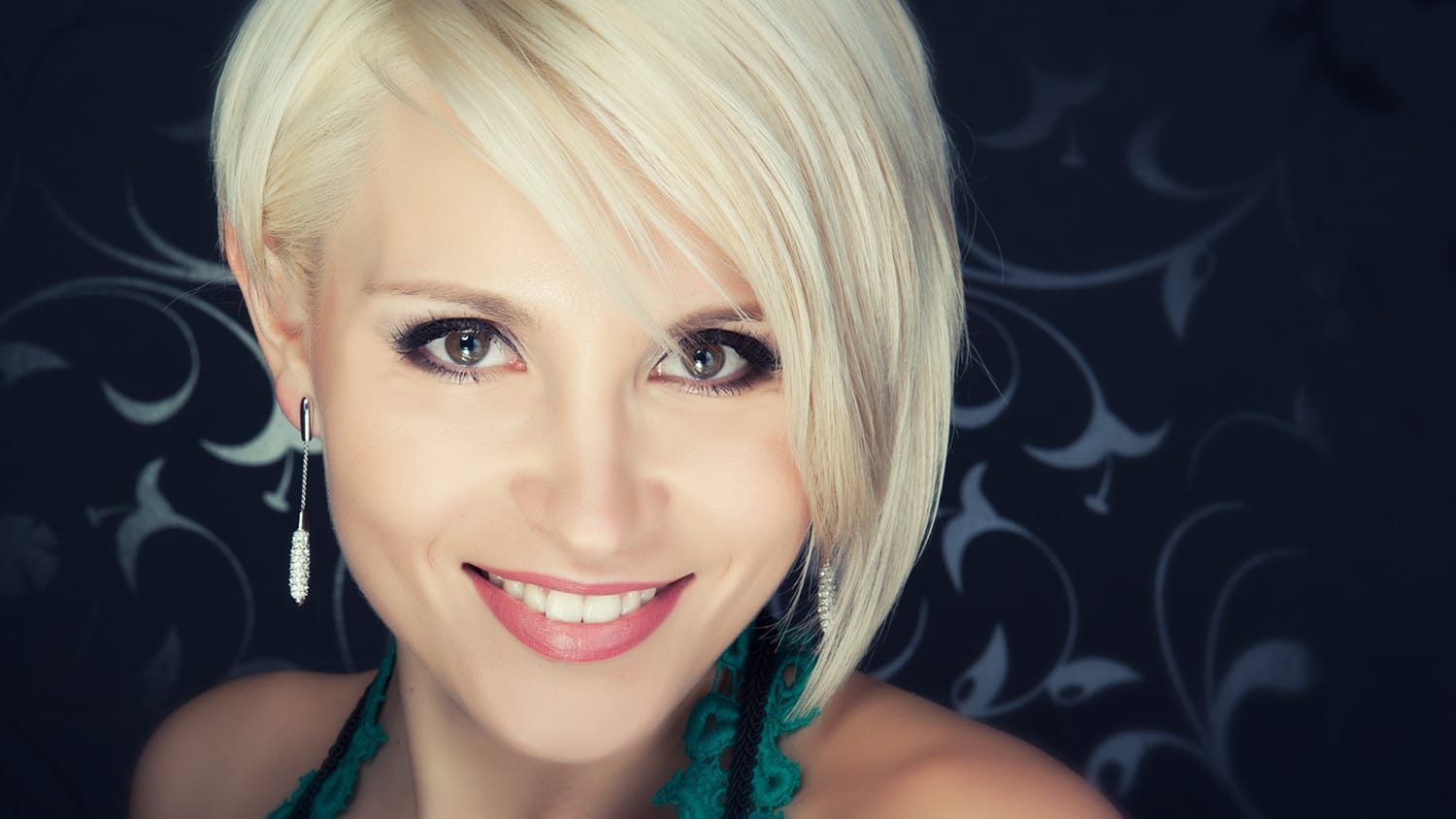
On the other end of the spectrum is when the subject is looking elsewhere in the frame or off-camera. In these situations, you’ll generally not spend nearly as much time looking at the subject’s face or his eyes. That’s because you’re likely more interested in where your subject is gazing at instead of looking at the subject.
After all, this is a directional cue: You generally follow a person’s line of sight to determine what’s so interesting that they’re looking in that direction!
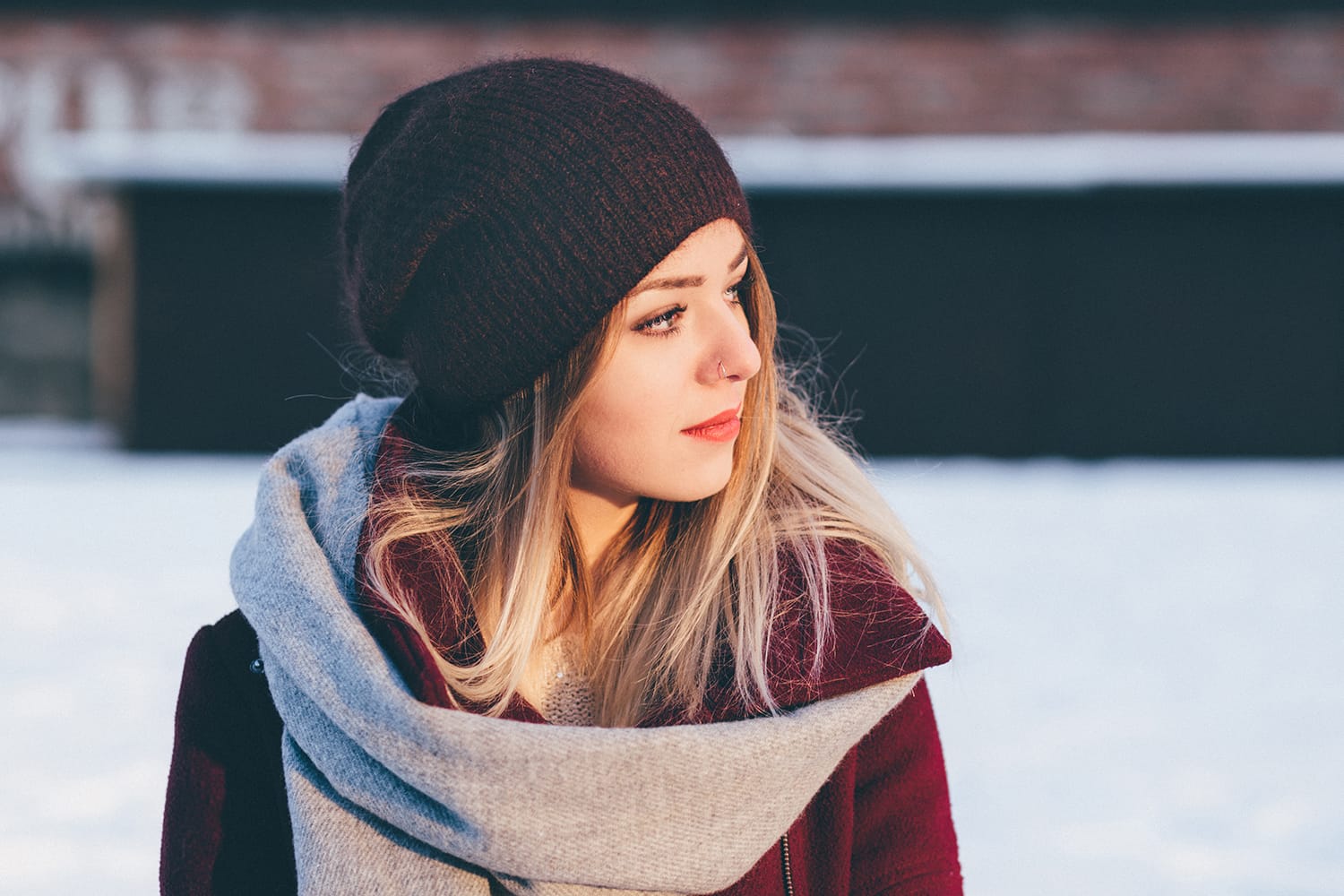
Therefore, by using where a subject’s eyes look in the shot, you can greatly influence how and where your viewers will spend their time looking at your photograph.
Another take on this that can be quite interesting is if your subject doesn’t even look at a visible object in the frame. In other words, where they’re gazing isn’t shown. This leaves viewers with an unresolved feeling of mystery and curiosity, which is a nifty technique to use, too!
Selective Focus
Selective focus is a term that refers to a situation where you have different people in the same shot looking at different parts of the frame. With these conflicting lines of sight, there’s naturally going to be a priority in which the viewers’ attention is directed. How do you cue your viewers to look at which line of sight first, second, etc.?
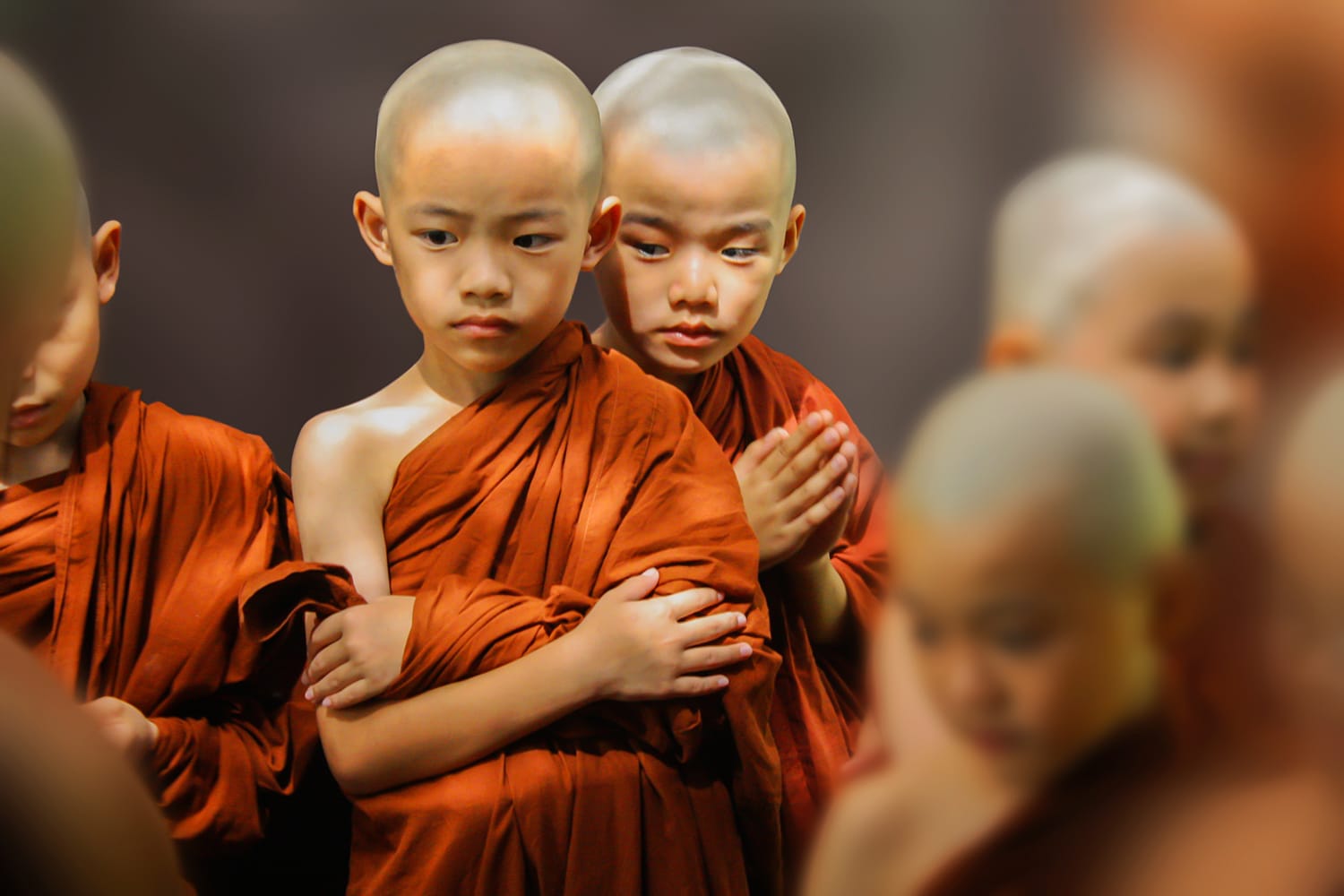
This is an interesting case, but it can be solved easily enough by having your subjects use strong facial expressions and glances.
Whenever you see someone in a photograph with a more animated expression – just some examples are shocked expressions, stern looks, or bemused glances – your eyes will naturally drift to them first… and then follow their gazes to see what’s causing them to react like this. This is also exactly how it is in person.
Therefore, if you want to have your audience look at a certain person in the shot (who’s also looking in a specific direction), have another person look at them with an emotional expression. This cue will do the work for you, and there you have selective focus.
When Your Subjects Are Looking at Each Other
Many pictures have competing subjects. Sometimes, their lines of sight will be exchanged, as when they’re looking at one another.
In these cases, you’ve created a linear exchange. Again, unsurprisingly, it’s how your subjects wear their facial expressions that will make all the difference in the world to your audience.

When two people are looking at each other, their expressions are going to dictate which one is the more interesting subject and which, therefore, viewers will spend more time examining. This balances things out between the subjects, so it’s in your best interest to have your subjects make interesting facial expressions when shooting them.
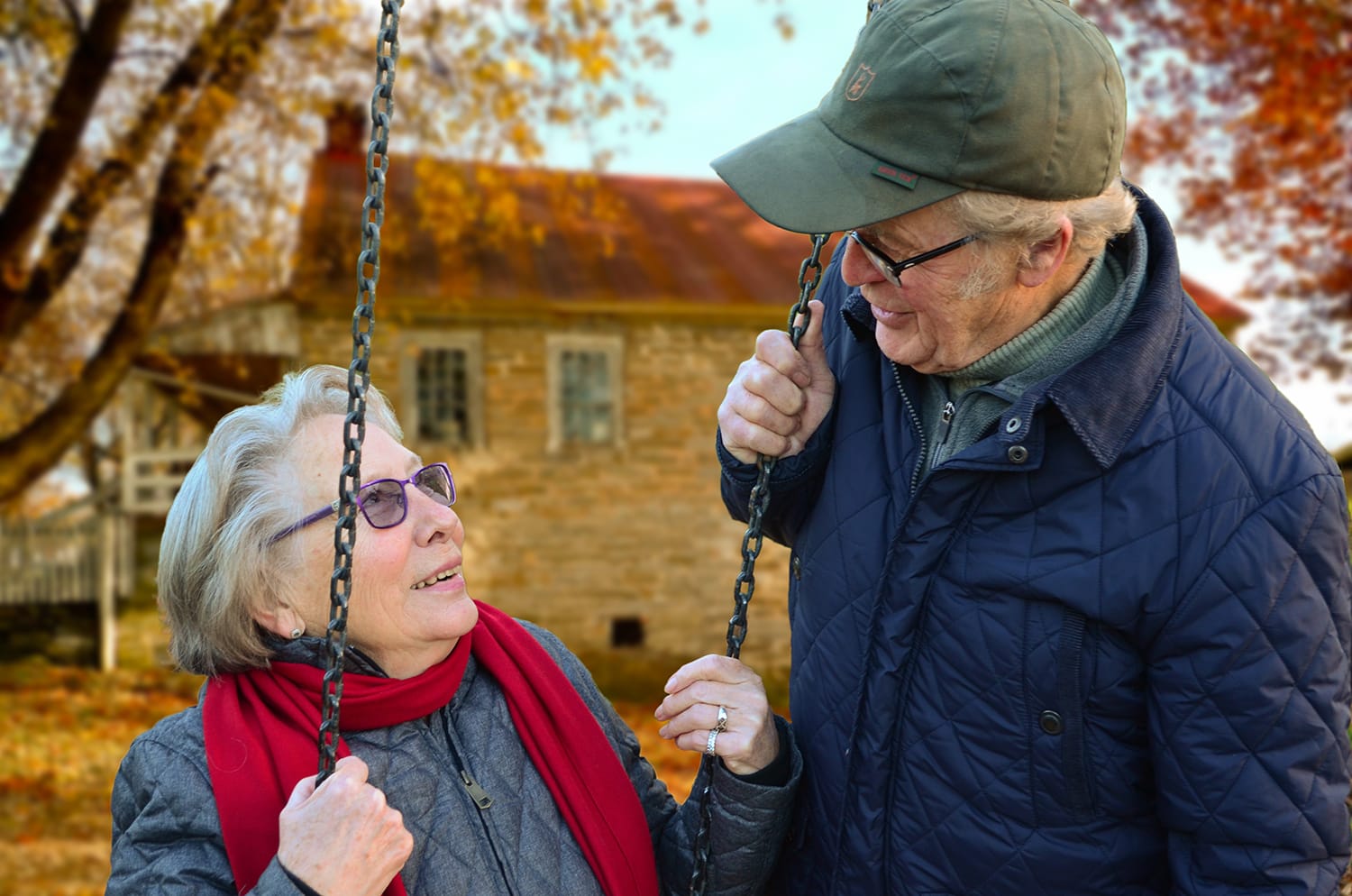
You can play around with that balance, too, of course, by having one subject be expressive and the other wearing a poker face. In terms of upsetting this balance, you can also alter other elements in the frame to give more importance to one subject at the expense of the other. These techniques include:
- Lighting
- Clarity
- Position of face relative to the rule of thirds
Bonus Case: When the Eyes Are Covered
This is a trickier one. Let’s say your subject’s eyes are covered. He’s wearing some cool shades, or maybe it’s a child who’s playing peekaboo, and his hands are covering his eyes.
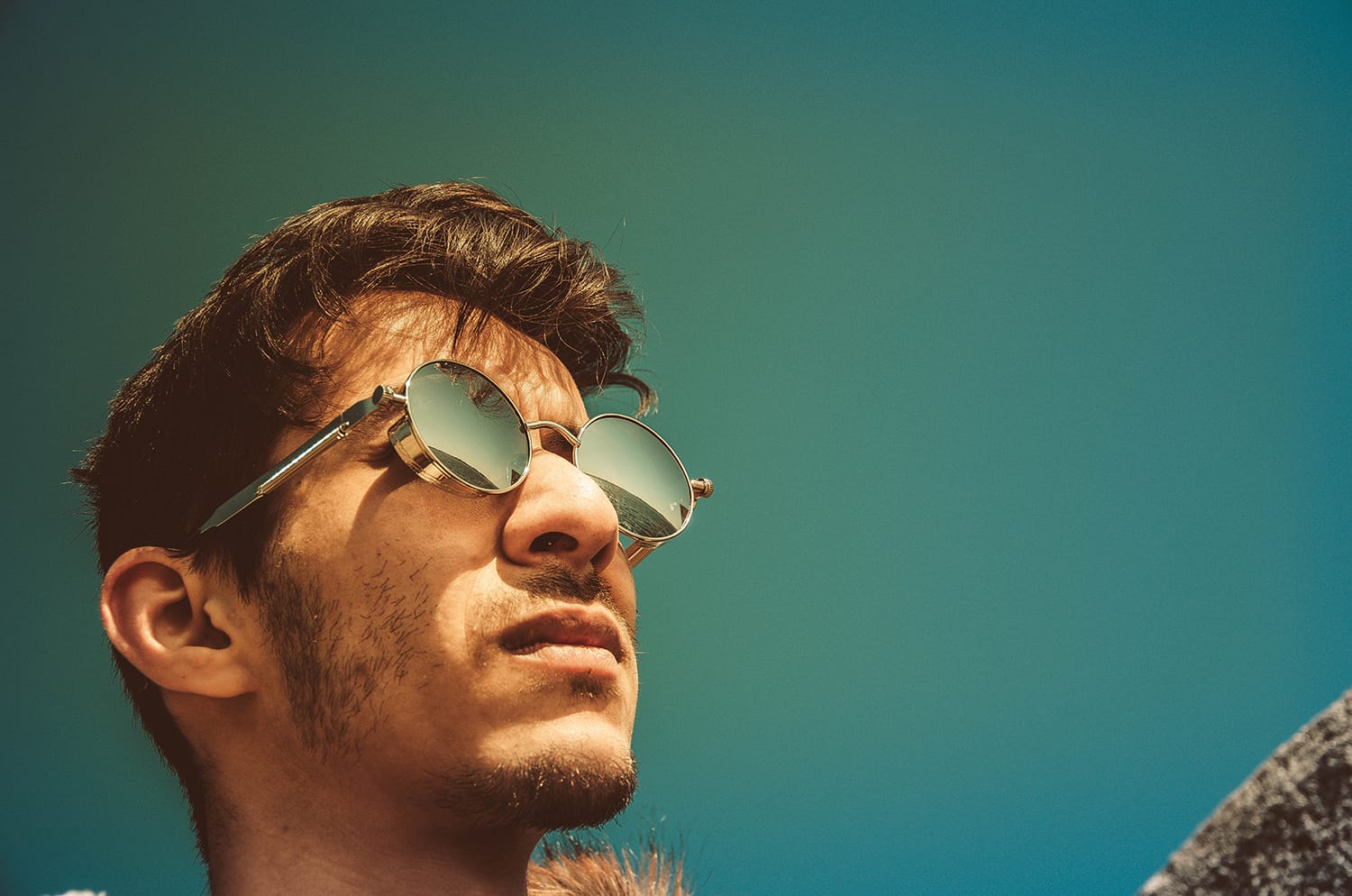
In both situations, the line of sight can still be a factor, though naturally to a lesser degree.
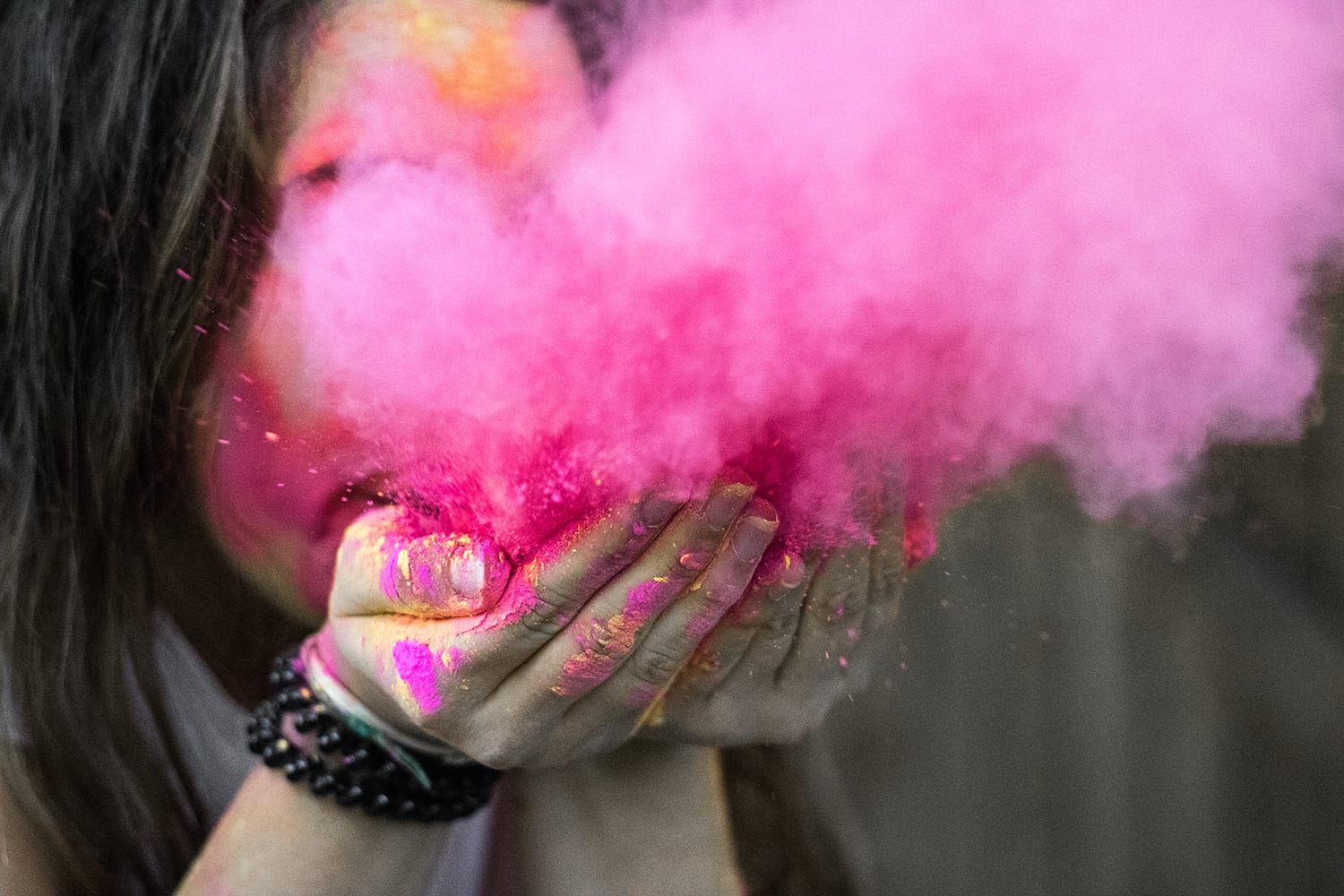
Your imagination will make up any missing information in the frame, yet you can also glean information about the subject’s line of sight by examining his body language. If he’s sitting at a table with his forearms folded on the table, looking across the table, and talking, then it’s a good bet that his line of sight is going to another person at the other end of the table (whom you can’t see because they’re out of the frame).
Having Fun With the Line of Sight
As these examples illustrate, the line of sight is something that you can have a good amount of fun and experimentation with. Depending on how you use this technique, it will give your viewers a lot of information about different elements in the frame. Also depending on how you use it, you can establish the hierarchy of how your viewers take in various pieces of information in your shots.
The line of sight can be used as subtly or obviously as you want. Just remember to be creative with it and provide your viewers with good information to help understand your shots better.
